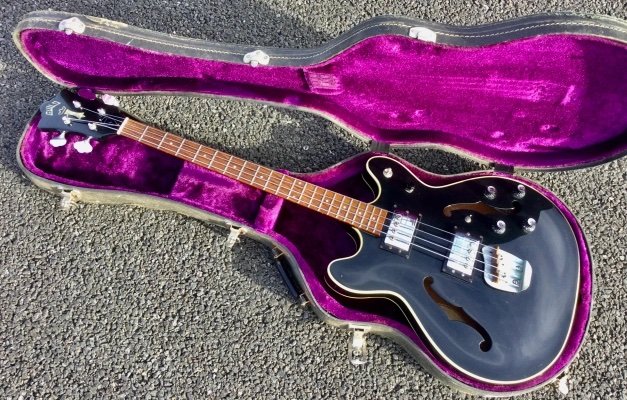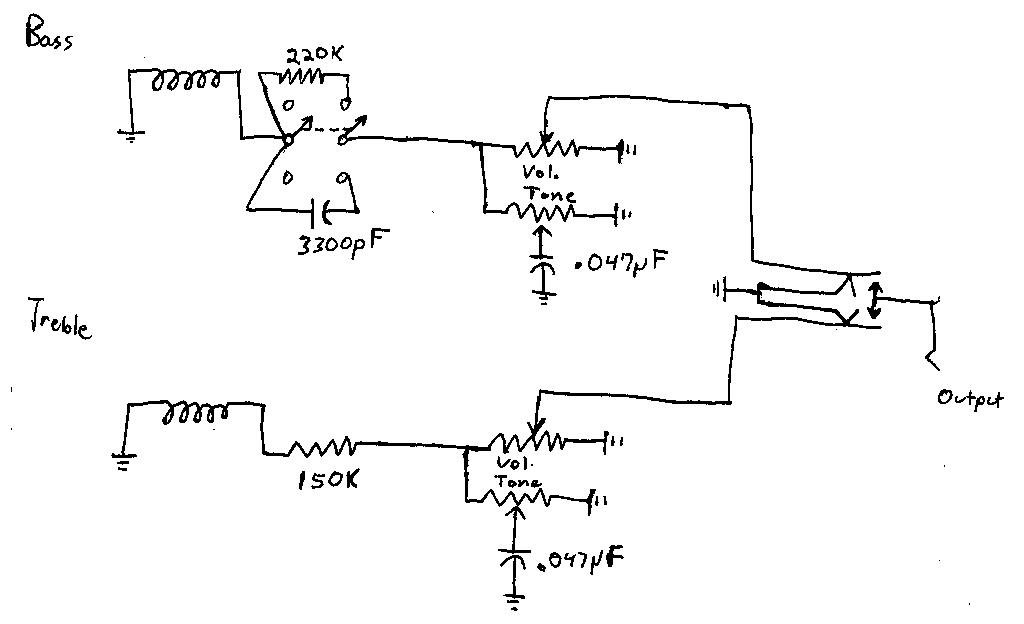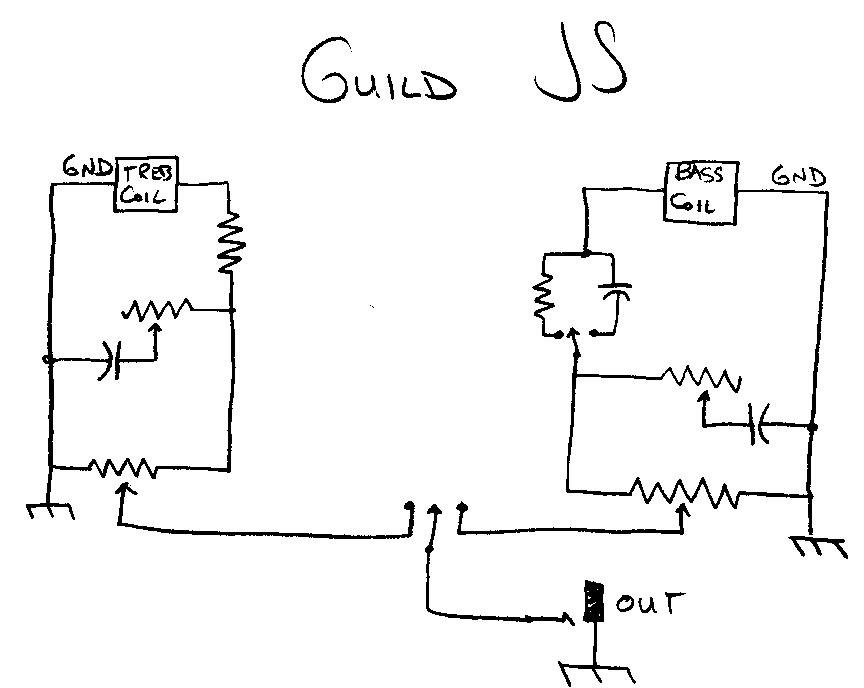Dear all,
I've searched on this fine forum, but unfortunately couldn't find an answer I understand, so am hoping that you'll use small words so I can learn something I've previously owned various basses over the years - mostly Yamahas and a rather nice Clement fretless. All have had a more easy to understand bridge with individual metal saddles that can be adjusted for length and height.
I've previously owned various basses over the years - mostly Yamahas and a rather nice Clement fretless. All have had a more easy to understand bridge with individual metal saddles that can be adjusted for length and height.
I wish to lower the action of the bridge on my recently received Starfire II. I see that I can turn the 2 small adjust screws just behind the saddles which currently lift the front of the bridge plate away from the body.
However, do the same rules apply as for the Gibson 3-point bridge; namely that you should ensure the back of the bridge is lower than the front, so string tension pulls it against the body rather than pulling away? Or does this increase the angle that the strings pass over the bridge saddles (is this break angle?) and if so, is this a bad thing?
From an aesthetic point of view I can see the appeal in trying to keep the plate level with the body, but wondered if there was a 'golden rule' to not messing up a harp bridge that I should know about.
In other news, mine has the Guild humbuckers (and I have seen all the comments from people saying they prefer the single-coil BiSonics!). The 'deep/hard' switch only appears to make a minor difference when both pickups are engaged, and appears to cut the neck pickup entirely when just this pickup is selected. Is there a reliable source for a wiring diagram for these old Starfires? I am rather enjoying the thunderous extreme of the neck pickup though - lots of fat bottom end. Very different to any other bass I've owned.
Thanks for any help or advice you can offer.
I attach the obligatory photo - this was taken by the seller who clearly had a good eye for a photo!
Cheers,
Phil

I've searched on this fine forum, but unfortunately couldn't find an answer I understand, so am hoping that you'll use small words so I can learn something
I wish to lower the action of the bridge on my recently received Starfire II. I see that I can turn the 2 small adjust screws just behind the saddles which currently lift the front of the bridge plate away from the body.
However, do the same rules apply as for the Gibson 3-point bridge; namely that you should ensure the back of the bridge is lower than the front, so string tension pulls it against the body rather than pulling away? Or does this increase the angle that the strings pass over the bridge saddles (is this break angle?) and if so, is this a bad thing?
From an aesthetic point of view I can see the appeal in trying to keep the plate level with the body, but wondered if there was a 'golden rule' to not messing up a harp bridge that I should know about.
In other news, mine has the Guild humbuckers (and I have seen all the comments from people saying they prefer the single-coil BiSonics!). The 'deep/hard' switch only appears to make a minor difference when both pickups are engaged, and appears to cut the neck pickup entirely when just this pickup is selected. Is there a reliable source for a wiring diagram for these old Starfires? I am rather enjoying the thunderous extreme of the neck pickup though - lots of fat bottom end. Very different to any other bass I've owned.
Thanks for any help or advice you can offer.
I attach the obligatory photo - this was taken by the seller who clearly had a good eye for a photo!
Cheers,
Phil



